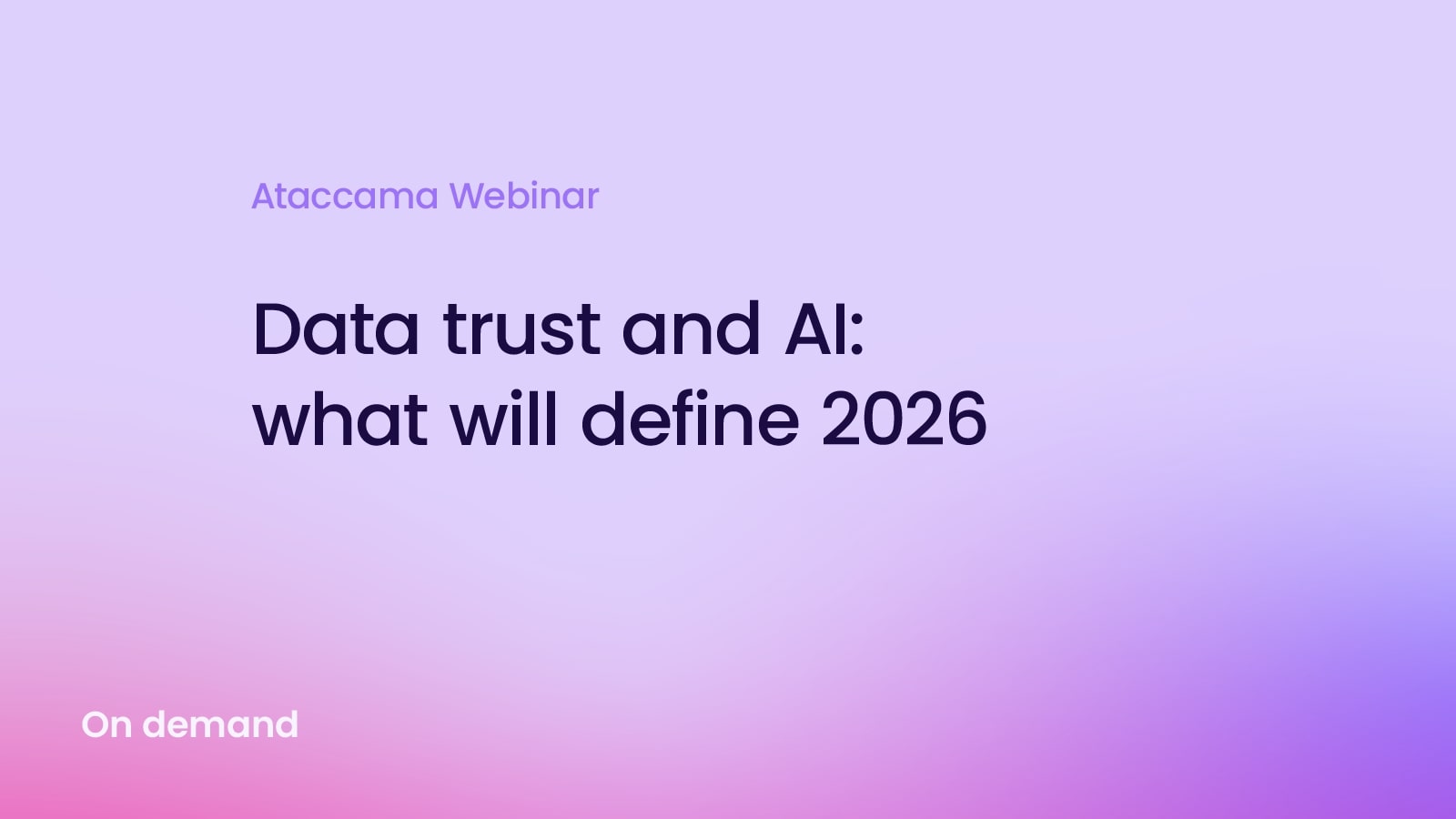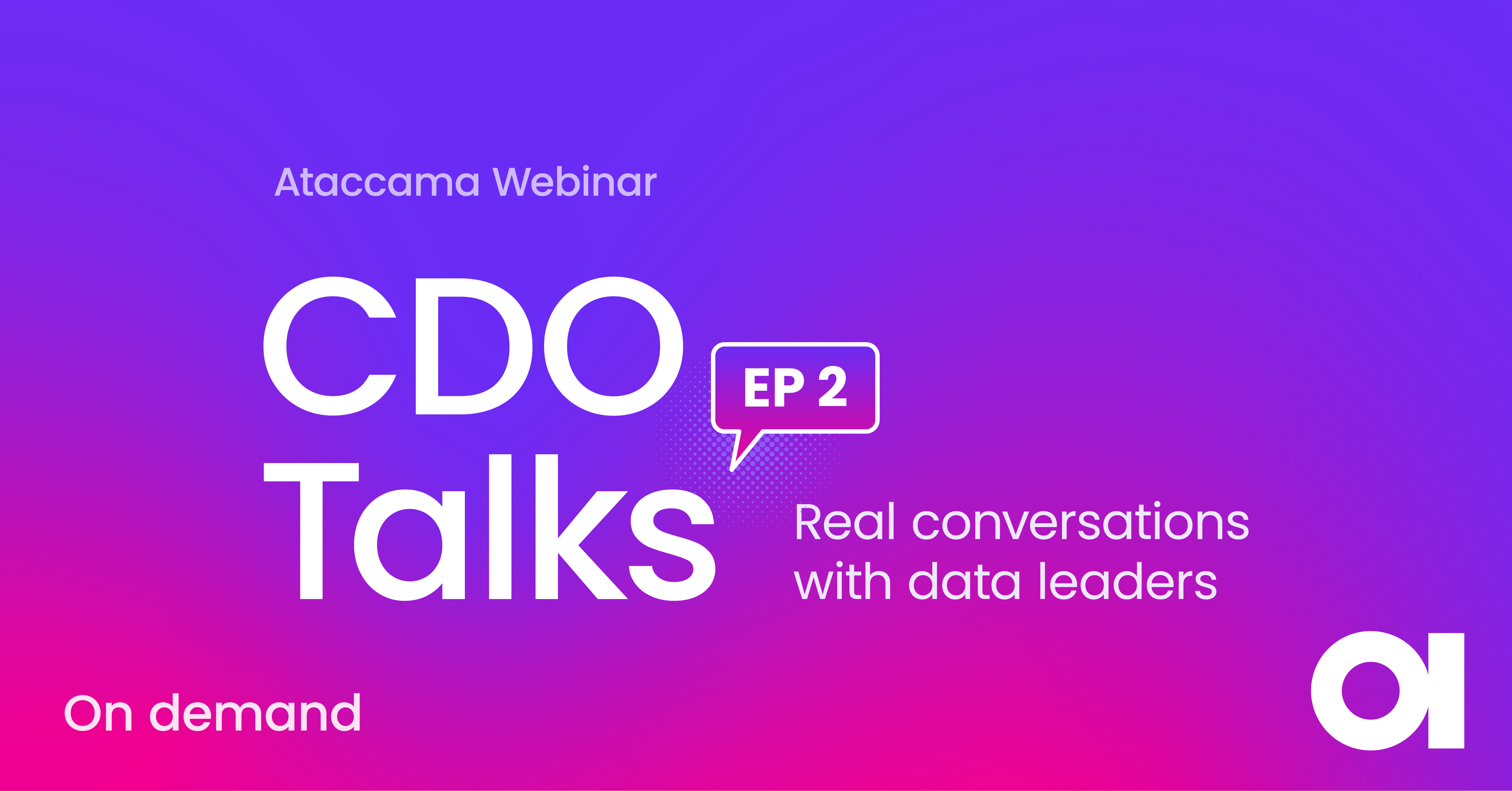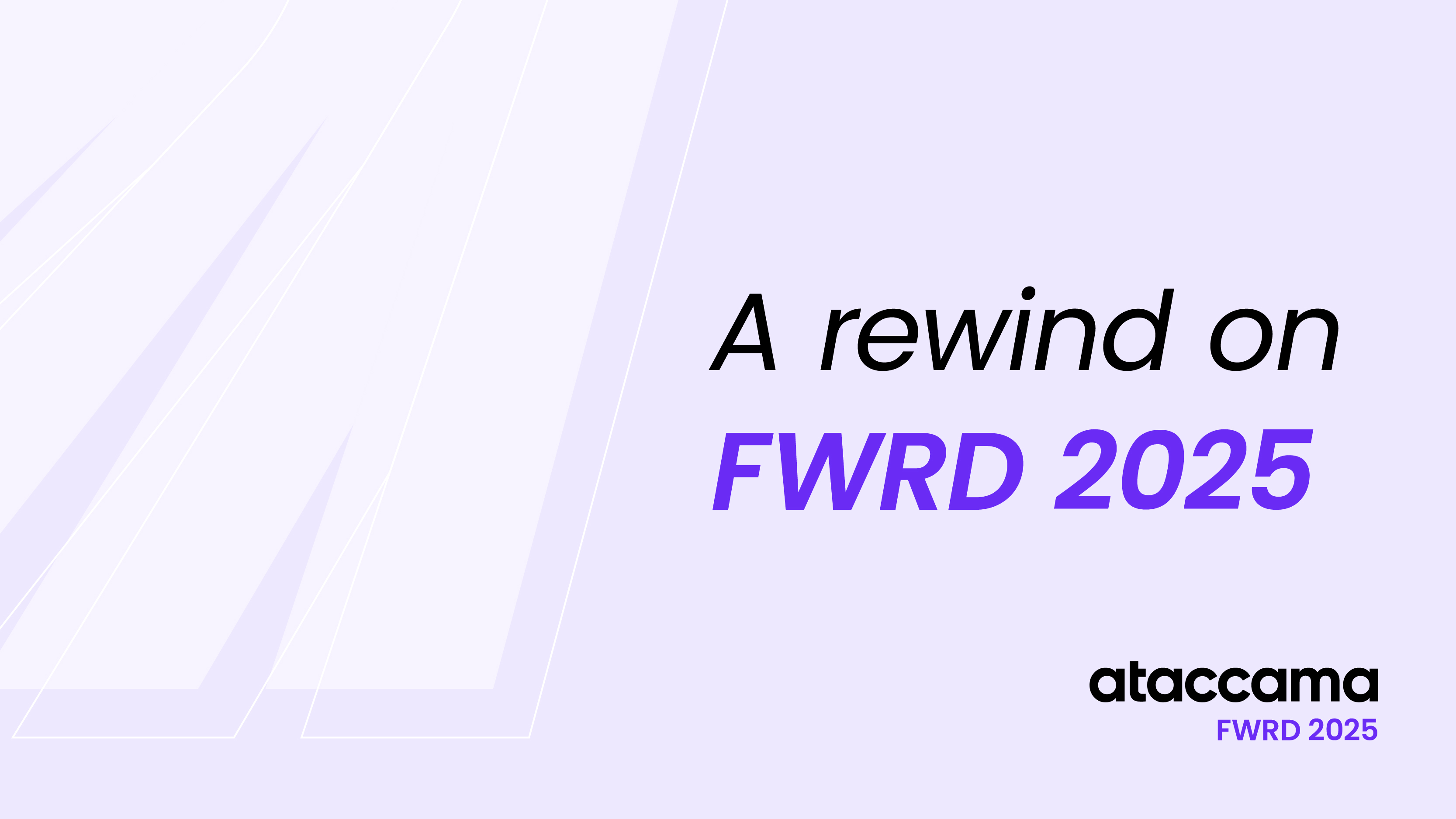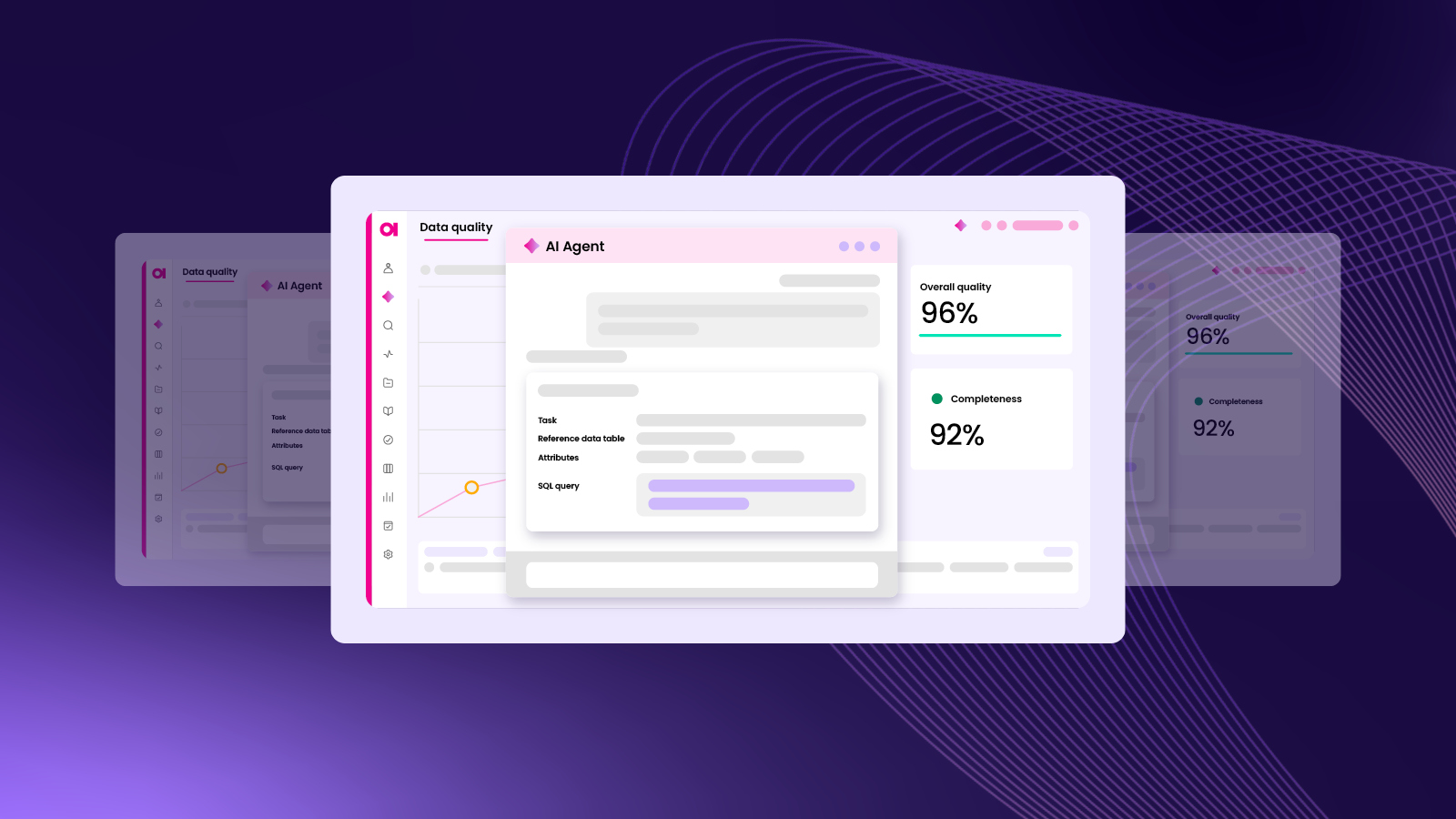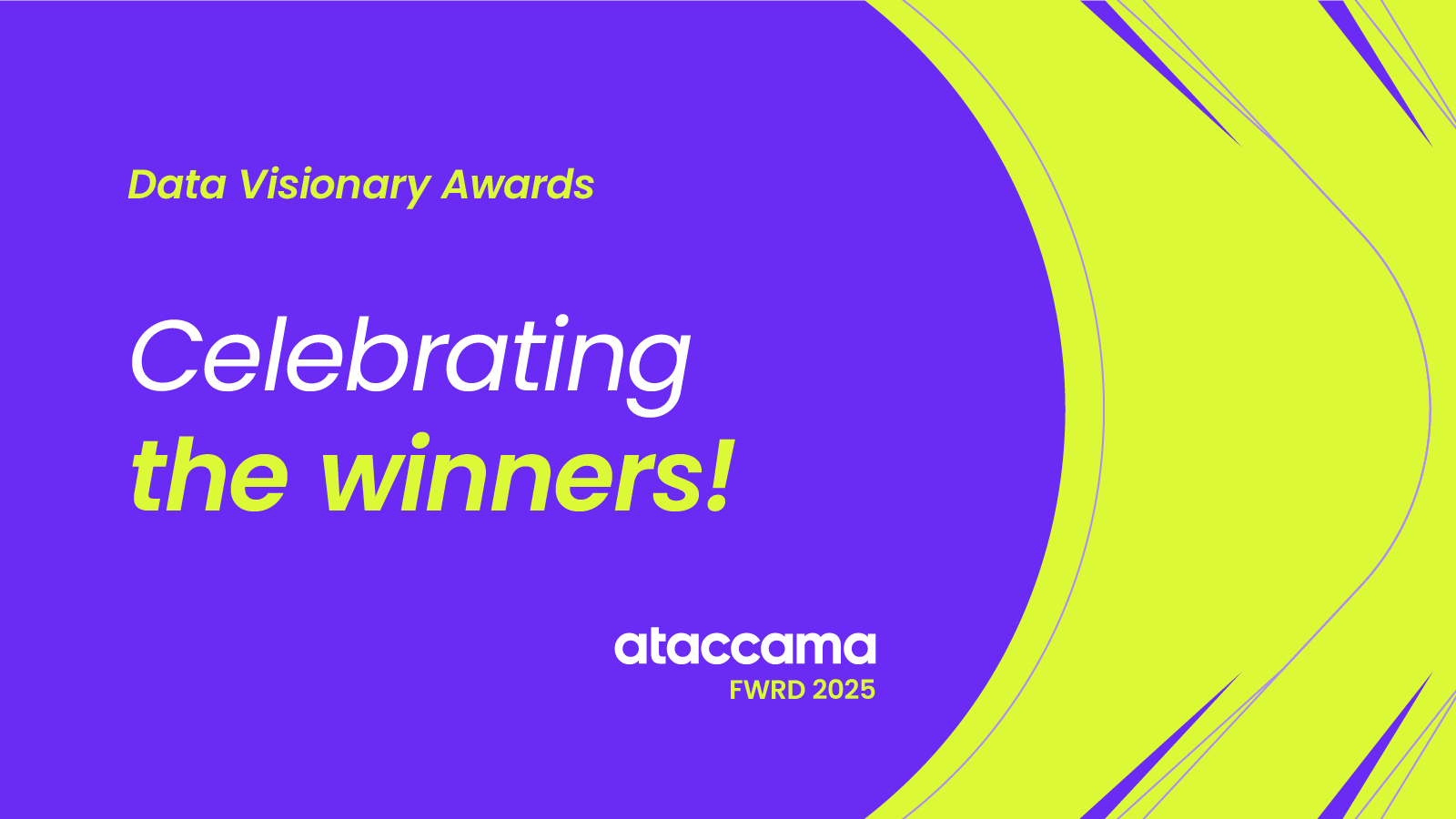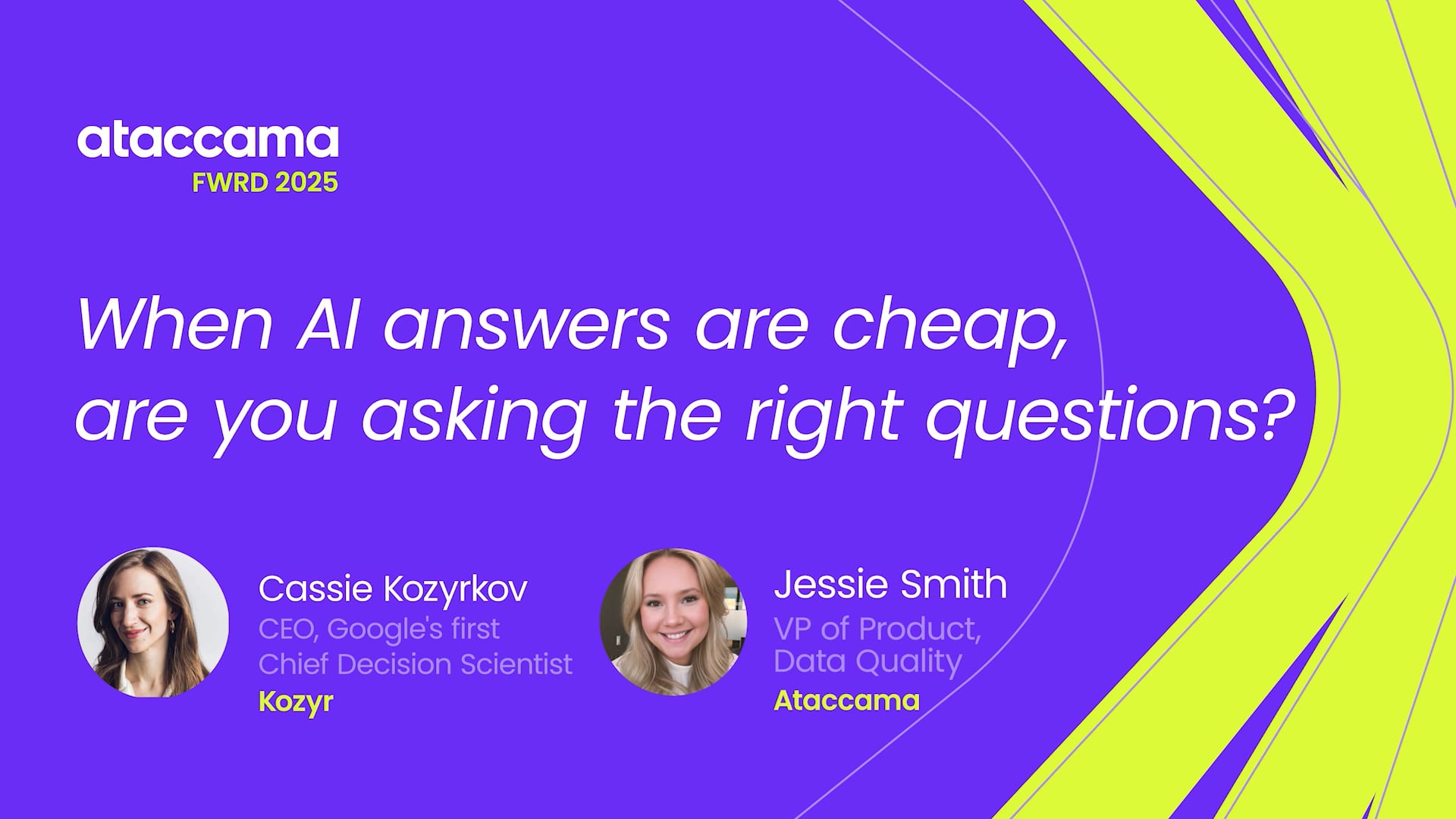Data Quality Storytelling: A Better Way to Do DQ Reporting

It’s essential to communicate the findings and results of your data quality management projects to your stakeholders, business users, and data consumers. This information will positively influence how they work with data and interpret it. It can also improve your company’s overall data management and put you on the path to more success.
However, traditional data quality reporting covers such a wide range of topics that it can become overwhelming. You can avoid this by tailoring your presentations for particular use cases and audiences to make them more engaging.
How do you do that? Don’t stop at a DQ report. Tell a data quality story.
Data quality storytelling vs. traditional data quality reporting
Before getting into the specifics and advantages of data quality storytelling, let’s define each.
What is DQ reporting?
Traditional data quality reporting uses the findings from profiling and other DQ tools to assess data quality KPIs through metrics established in their rules library and data governance program. It’s usually presented on a dashboard like the one below.

Good data quality reporting should offer you as many ways to analyze your results as possible. Your reporting should show you overall data quality and specific dimensions of interest. Good dashboards also allow you to drill down into the overall DQ reports to see data quality by department, source system, data domain, country, and other dimensions. Having these capabilities lets you perform root cause analysis and assess the impact of poor data quality.
What is data quality storytelling?
Data quality storytelling can report on the same thing as traditional DQ reporting. However, it organizes the actual results of the DQ reporting in a way that conveys a message or a narrative.
For example, bad quality in this area cost us $10 million in unsuccessful marketing campaigns, and now we need to fix it.
What are the advantages of data quality storytelling?
While there are several advantages of reporting on DQ in this way, it isn’t a replacement for traditional reporting. Instead, they compliment each other. Data quality management projects can produce hundreds of figures, metrics, and variables. The data quality storyteller can cherry-pick the most relevant or interesting findings from these results and create a story.
Other advantages of DQ storytelling include:
- More relevant. You can design your data quality story as complexly or simply as you like, expanding the range of individuals who can benefit from it. Information that would only have been relevant to the data governance team can now be translated for business users and vice versa. This is a great way to raise DQ awareness in your organization.
- Presentations will be more dynamic and engaging. With the ability to add more chart types, animations, and interactive features to the presentation, you can guarantee it will be easier to consume. Also, adding text onto and in between charts will make it easier to convey critical takeaways from each visual.
- Can replace the need for a narrator. A data story can (and should be) created to be consumed independently by a reader at their own pace—like an interactive news story. Viewers can scan information, extract exact values by hovering over graph elements, drill down into charts, and read their conclusions – the need for a narrator is optional.
Want to learn more about data visualization?
Get expert tips from our article “How to Tell Stories with Data.”
Types of Data Quality Stories
Data quality is an extensive topic that spans several disciplines and areas of data management. We came up with three categories for DQ reporting (regular, on-demand, and financial) that any DQ reporter could easily turn into a data story. However, your data quality visualization options are only limited by your imagination.
Regular
Regular data quality storytelling will have similar information as DQ reporting and dashboards. It will be a weekly, monthly, or quarterly (or any frequency) assessment of your data quality and its dimensions (or the most relevant ones). You can even convert the information in your DQ dashboard into a short story and present it. You’ll also have a better idea of what the report should include from previous presentations, setting up a template for all future stories.
On-Demand
Another type of DQ report you can create is on-demand. Maybe a data user is browsing through the data and realizes, “Hey, on the day we added a new source, our monitoring alerted us about a big drop in DQ. People should know about it,” or someone from the business side is curious about the progress of the company’s data governance program.
For reports like this, you’ll need to answer a specific question, providing a story about how you came to your answer and what it means for your company. This might be more work, but it can result in more exciting stories because you have a chance to discover something new and more interesting/surprising during your research.
Stakeholder Presentation
Financial DQ reporting can be a great way to get funding for future DQ projects or justify current ones. Typically, reporting of this nature will follow one business area that can easily be translated into currency and then apply a data quality variable to it. This variable will illustrate that this business process is significantly more profitable with high-quality data.
How to find topics for a data quality visualization
To complete the narrative, a data story needs context and insights from data quality reports. There will always be a reason for your telling the story and (usually) a suggested course of action based on its content.
For example, a DQ score report isn’t much of a story on its own. However, if you saw a drop in the average DQ score, you could use your data reports to track it back to its source. Then you can follow that with some visuals on how it happened, what you can do to prevent this from happening, how this drop affected financial variables, etc.
Sometimes these story-worthy insights aren’t obvious. If you’re having trouble building a narrative around your DQ reports, you can try the following:
Data Exploration
Data exploration involves creating several visuals from your DQ reports for only personal consumption. Analyzing these visuals may lead to conclusions you couldn’t find from looking at the raw data. You can then select the best of these personal visuals to improve and include in your final presentation.
Anomaly Detection
Anomaly detection is an excellent feature of the Ataccama ONE tool (and other data management tools). Driven by AI, the tool will recognize unexpected values in your datasets and flag them. If you notice one of these anomalies in your DQ reporting (e.g., a sudden drop in DQ), you can use that as a starting point for your story. Then begin assessing what caused it, the results, next steps, etc.

Data Stories Suggested Insights
If you use Data Stories from Ataccama, you can get even more help finding information for your narrative. The tool has a “suggested insights” feature, which will suggest insights/conclusions that you can add to existing charts in your story. For example, it can suggest highlighting a significant change in your dataset that you didn’t notice.

Tips for telling your data quality story
Here are some things to consider when building a data quality visualization.
Who is your audience?
Who you are presenting to will also impact what content you include in your story. Depending on their background, you might want to prioritize certain types of information.
For example, when presented to stakeholders, everything should have a financial connection (low DQ = losing money). If you’re creating visuals for data scientists, you can highlight interesting data characteristics like sudden changes in some charts or a new pattern emerging that could affect machine learning.
What impact do you want the story to have on people’s behavior?
Is your story just informative, or do you want people’s behavior to change after seeing it?
Maybe you want everyone to take greater responsibility for DQ within their specific departments. In that case, you should add a “to-do’s” or “next steps” section to your story or even begin to assign tasks to the audience.
For example, after detecting a drop in data quality in several data sources, you tasked data owners with setting up data validations, etc.
What is your roadmap/plans/decision?
If the purpose of your story is to outline a roadmap or next steps for the company, then the visuals should justify that.
For example, you decide that you need to hire three new data stewards. So, it would help if you showed charts about how the current employees are underperforming or overwhelmed with work, along with financial charts about the cost of new employees vs. cash savings, etc.
Are you presenting, or will this be consumed without a presenter?
Your audience can consume data quality stories individually without needing a narrator. However, designing a story in this way will change its’ look. Keep in mind that:
Stories without a narrator:
- Will need more drill-downs so people can assess the data precisely and draw their conclusions.
- Will need more text to drive people through the narrative.
- Should have all charts clearly labeled with what they depict and their main takeaways.
You know what a DQ report is, what your story will be about, and how you’re going to build it, but is there any more information you should know? Here are some helpful tips for DQ reporting:
Focus on trends
Like with any type of reporting, trends in the data will be your windows into the future. Have you noticed that new data sources have significantly lower DQ scores than your current ones? You can propose immediate DQ overhauls for all additional data sources.
Highlight outliers
We’ve already touched on this with anomaly detection above. Whether it’s an extreme value or an unexpected one, you can trace it back to its origin and potentially find exciting information to include in your following report.
Have a clearly defined purpose
Reporting on “data quality in general” might seem relevant, but it can be easy to get derailed or overwhelming without a clear focus. Always begin building a story with a clear scope of what you’re reporting on, why you’re reporting on it, how you will report, and what next steps you will recommend.
Make sure the main point of each visual is clear
People can appreciate graphs and charts and still not fully understand them. Adding titles that explain the chart’s purpose will help your viewers get to your conclusions faster.
Don’t disregard the context
Just because you’re cherry-picking the best parts of your DQ reporting for your story doesn’t mean you should forfeit all context. If your DQ evaluation is up to 70%, that might not seem impressive, but you have made significant progress if the last report had it at 50%. The same goes for metrics used to measure DQ dimensions and compare systems to one another. A significant problem for one system (or dimension) might not be a problem for all systems (or is).
You can map data quality information onto other visuals
Before GPS, cartographers would produce maps with additional variables to show how reliable certain sections were. If a map had one area with several conflicting reports, you could label it as such so travelers would know to tread carefully. You can do the same thing with your data visuals. If your results are coming from a low DQ source, you can acknowledge it, so viewers take those results with a grain of salt or see how they’re skewed compared to high DQ sources.
Tell Your Data Quality Story with Ataccama
Producing your DQ reports in this way will allow you to appear to a broader audience, make your presentation more dynamic and engaging, and give you a lot of flexibility in how they are delivered/presented.
Ataccama ONE can help you on your data quality reporting journey. Not only does it have DQ tools that monitor all the quality dimensions of your data, but it also makes the information readily available in your data catalog. When it comes time to make your story, you can use our state-of-the-art data visualization tool that connects directly to your data sources.

